How to know when it is time to tap maple trees
I recently met up with my buddy, Yannick, owner and head maple guy over at Erabliere des Anges, to catch up over coffee and discuss the upcoming sugaring off season.
He’s been running a small, family-based, organic sugarbush a few hours North of here for the past 2 years; we tapped 5 trees last year. This is all-consuming for him at this time of the year; we lose access to our stovetop in the evening for a few weeks. We both have day jobs to pay the bills. He knows much, much more about maple syrup than I ever will.
I mentioned that we think we missed much of the season last year because we tapped our trees too late, and so we began discussing (more like him teaching) about the ideal time to tap, and what to look for.
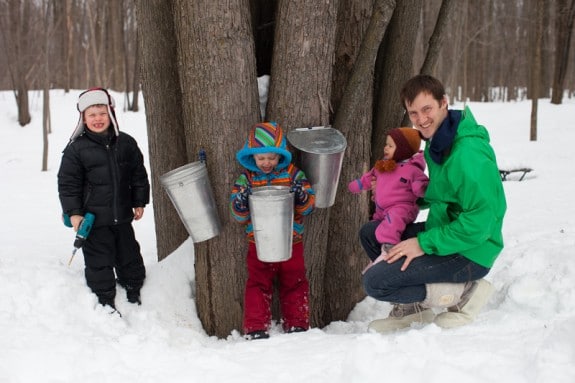
It is vital to remember that a tree is a living thing, even when it is sleeping all winter long, and that it can (and will) heal itself. When you tap a tree in the spring, it is the equivalent to a human getting a small cut, which will will slowly scar over to stop the loss of bodily fluids. Hence, if you tap too early, the “scarring” will gradually reduce the flow of sap over the spring. This is also why you want to tap a reasonable distance away from the previous year’s tap.
Ideally though, you want to tap as early as you can, as the maple water at the beginning of the season has a higher ratio of sucrose, and the final syrup is typically lighter (both of which are highly desirable), while later in the season, you get more fructose and glucose and the final product is typically darker (equally delicious by my standards, but less good if you’re doing this commercially).
So how to know when it is time to tap maple trees?
The maple water flows best when the outdoor temperature is above freezing (ideally above 4C or 39F) during the day and then below freezing at night. It can be hard to predict exactly when this will happen but I like looking at graphs from WeatherSpark, which shows the predicted temperature trends for the next 10 days, compared to the yearly averages in a nice grey band. We had a warm spell a few weeks ago, with daytime temperatures well above freezing, but it would have been useless to tap, because nothing was flowing.
Another trick, used before the days of satellite weather prediction and Google, is to look for a small depression in the snow around the tree trunks. This means that the sun is warming the roots of the trees.
All the signs are indicating that we’ll be tapping either this weekend or next, we’re very, very, VERY much looking forward to partaking in the fruits of our labour.
Are you watching for signs of spring?

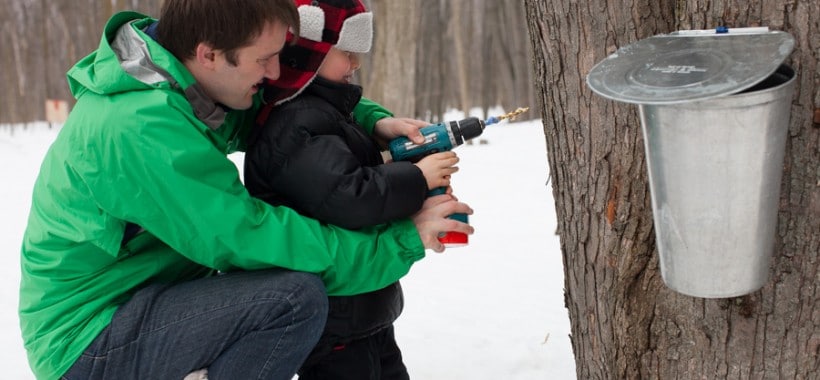
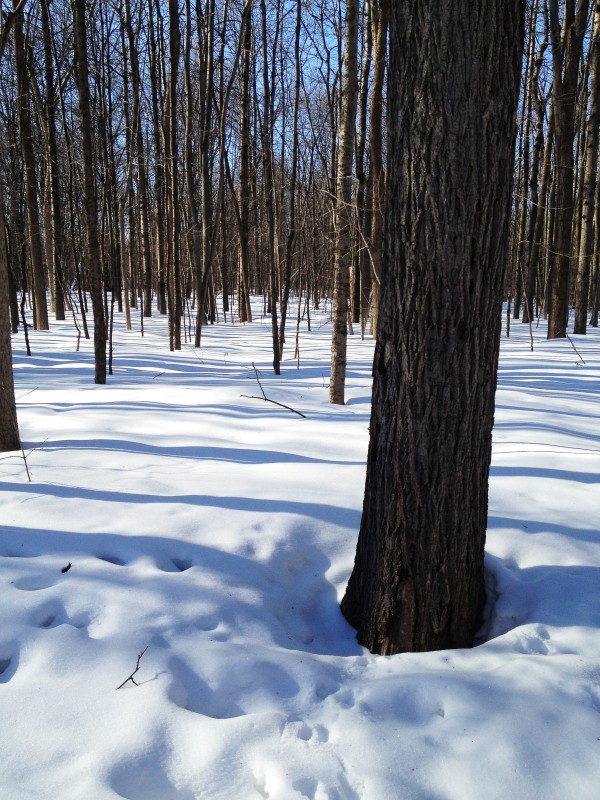

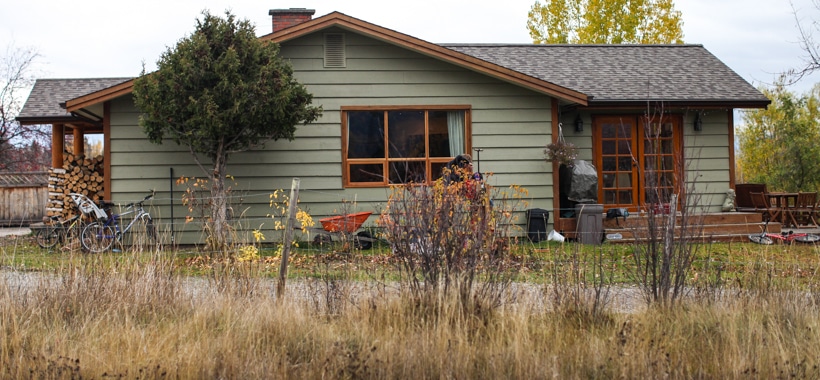
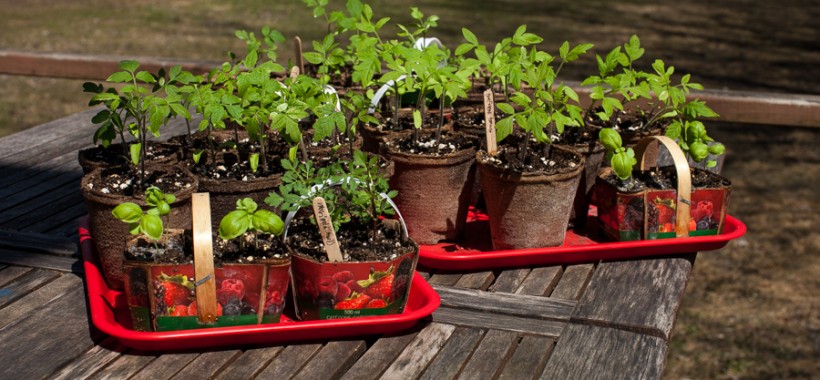
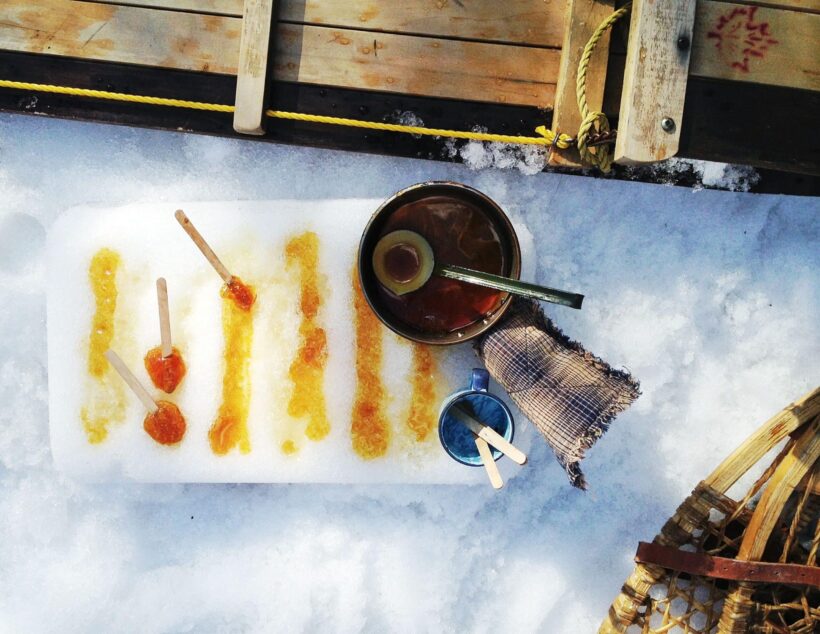
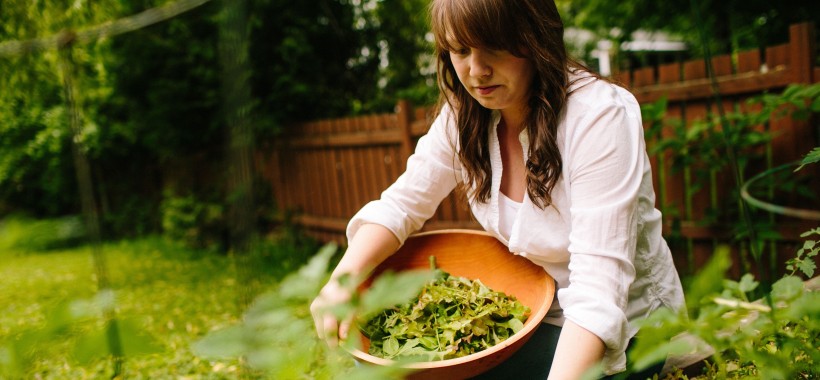
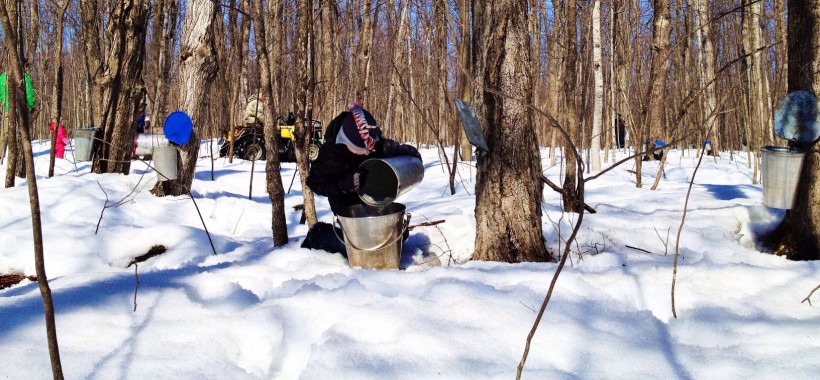
Our neighbor’s tree by the curb is a maple, and I’ve considered asking her if we can tap it. Would one tree be worth our while?
Here in Northwest Oregon, my signs of spring are all around: tree frogs sing, robins have returned, garlic has sprouted and it is raining, raining, raining. Planted peas today. Wish you all a quick catch up!
We love visiting the local maple farm when they have open houses. One of these days I hope to get land and do our own maple syrup! That would be so great considering how much we use.
yummmmm- we love maple syrup! That is one thing I refuse to miss out on even though it is not local for us!
I would love to try tapping a maple tree! It is on my bucket list now!
With absolutely no snow melt this winter we just shoveled paths out to our 5 maple trees. Tapping them for the first time! So excited.
What temp was it an how many cans did you use.what about other tees around it use them too.
You’re spot on about snow melting around the tree. The temp may be right but with a lot of snow the roots stay insulated. Where did you buy those silver containers on the tree?! I’ve been searching for a steel/metal bucket like that!
I think I know Danny Bourque, are you still doing calculations.? You should go tapping trees today buddy !
Ritchie MacInnis NSLS (Retired)